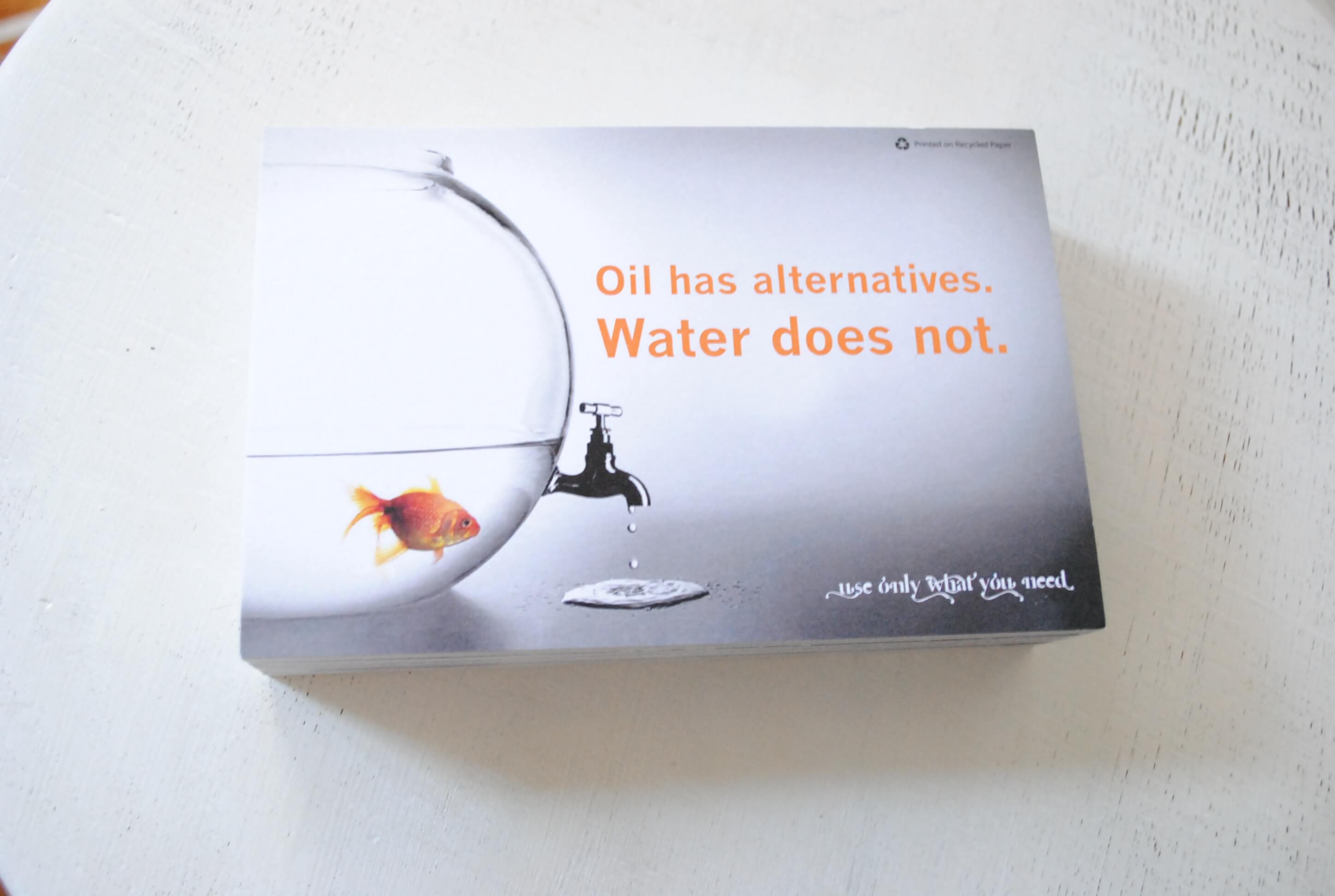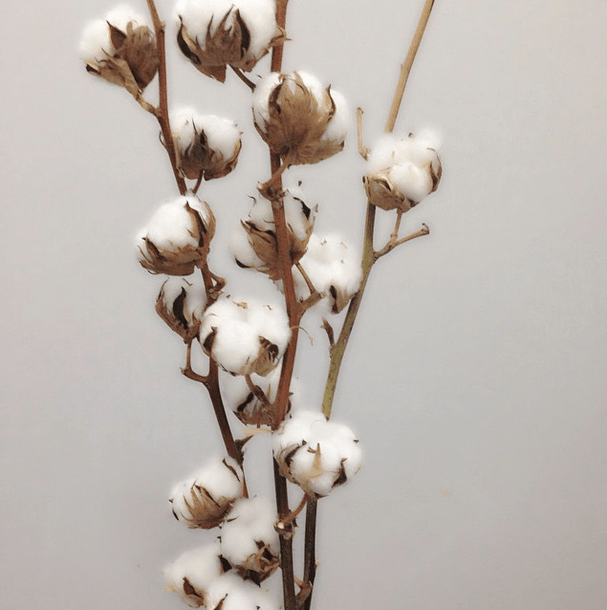A t-shirt can run you anywhere from $5 to $300+, but what’s the environment paying for that piece?
Quantifying ecosystem services, or what nature provides us for free, is usually left out of any industries cost sheet. It’s a complicated and heated debate between economists and environmentalists. Yet, in the fashion industry, we might be one step closer to an answer.
In the first comprehensive study, the Demark’s Ministry of the Environment in partnership with IC Group, have identified the environmental cost of a cotton t-shirt. Including factors like the use of pesticides, fertilizers and energy use, the study concludes a cotton t-shirt runs the environment $3.40 per shirt.
In my own closet I have eleven cotton tees, meaning I owe $37.40 to miss mother nature. Nope, I can’t PayPal her, but the studies conclusion is bringing the external environmental cost of businesses into focus. And moreover, begs the question of how and who will pay the cost.
Ecological Economists argue clean water, rich soil and other resources aren’t wholly factored in because they are just there as a result of natural cycles. Clean water is a result of a healthy water cycle, while the best farmland is thanks to thousands of years of the play between inorganic and organic material.
Understanding ecosystem services is important for sustainable development because it quantifies what cost sheets don’t account for. And if business thinks in dollar signs, maybe environmentalists should too.
Take for instance the creation of a pair of blue jeans where 2,900 gallons or about 78 bathtubs of water are needed from start to finish. The farmers and manufacturing facilities pay their water bill, but is too low? Due to finite resources and limited carrying capacity, Ecological Economist say yes.
One of the best known ecosystem service debates is centered around the decline of bees. A handful of studies were born to try and qualify their benefits on industry: Their ‘free’ service wasn’t clear until we started to contemplate what industry would look like without them. Pollinators (yesm, the birds and the bees) in US agricultural has been estimated upwards of 6.7 billion dollars annually!
“We abuse land because we regard it as a commodity belonging to us. When we see land as a community to which we belong, we may begin to use it with love and respect.” – Aldo Leopold
Do you think that external environmental costs should be added to the price tag of the things we buy?

Price of a t-shirt first seen on Ecouterre
Featured image by Natakochkina

